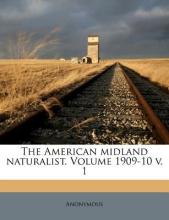Resource information
Coyotes (Canis latrans) have expanded to live in urban areas with limited natural habitat. A year long coyote howl survey combined with geospatial information systems (GIS) was applied to locate populations within a metropolitan region, to determine the habitats where coyotes most frequently occur, and to estimate group sizes within this urbanized region. Surveys were conducted along the perimeters of natural areas and urban-residential communities. Coyote response rates varied among parks, they increased during the dispersal season relative to the breeding and pup-rearing seasons, and responses increased when broadcasts were performed closer to sunset and/or later at night as well as when temperatures were low and the moon more visible. Group sizes were estimated to be between five and 13 individuals within the parks studied, although almost half of all responses originated from outside park boundaries. In the residential areas, natural land cover was present and the areas from which coyotes were predicted to have called contained a greater proportion of natural cover than the region as a whole but variation in land cover was much greater outside parks. Overall, howl surveys allowed for an inexpensive monitoring of coyotes over large areas in urban-park environments.



